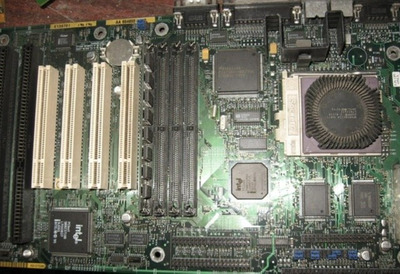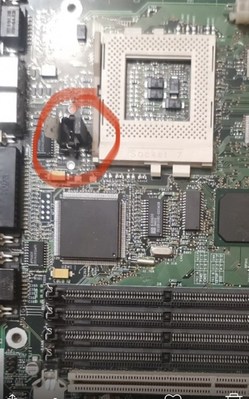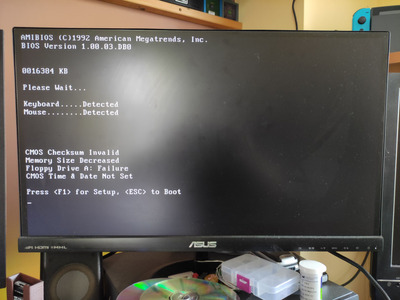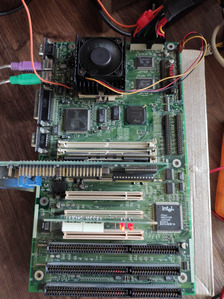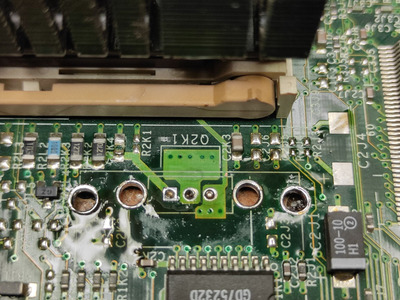First post, by Babasha
- Rank
- Oldbie
Hi!
I need help with identification of lost voltage regulator on INTEL AA-654850-206 Advanced/ML Marl motherboard.
I highlight it position with the red on picture. Maybe it CS5702-1?
Tnx!
Need help? Begin with photo and model of your hardware 😉
